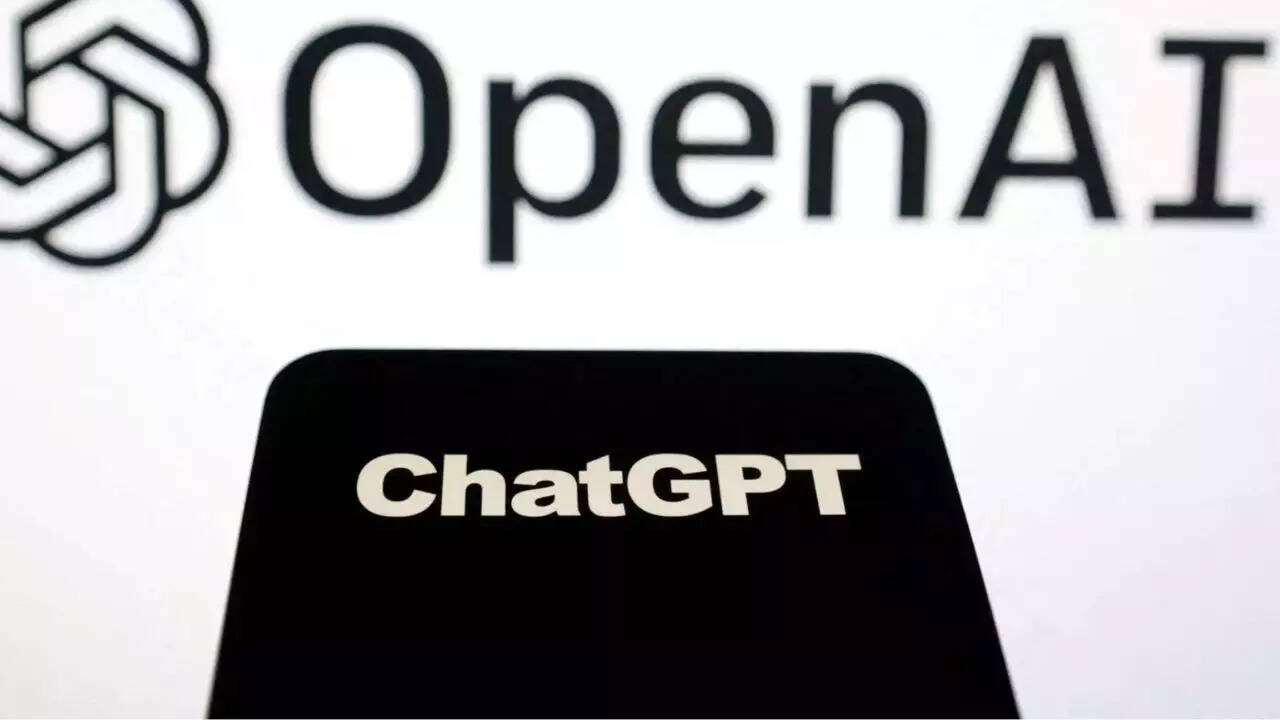The tale of a person who ended up in the hospital experiencing hallucinations illustrates the dangers of depending on unverified online resources for medical advice. This individual sought a low-sodium meal plan from an artificial intelligence chatbot, ChatGPT, and subsequently faced serious health issues that specialists associate with the bot’s unverified guidance.
This incident serves as a stark and sobering reminder that while AI can be a powerful tool, it lacks the foundational knowledge, context, and ethical safeguards necessary for providing health and wellness information. Its output is a reflection of the data it has been trained on, not a substitute for professional medical expertise.
The individual, who aimed to cut down on salt consumption, was provided by the chatbot with a comprehensive dietary plan. The AI’s guidance consisted of a collection of dishes and components that, although low in salt, severely lacked vital nutrients. The diet’s extreme restrictions caused the person’s sodium levels to decrease rapidly and dangerously, leading to a condition called hyponatremia. Such an electrolyte imbalance can have serious and immediate effects on the body, impacting areas ranging from cognitive abilities to heart health. The symptoms like confusion, disorientation, and hallucinations were directly caused by this imbalance in electrolytes, highlighting the seriousness of the AI’s erroneous recommendations.
The occurrence underscores a basic issue in the way numerous individuals are utilizing generative AI. Unlike a search engine, which offers a list of sources for users to assess, a chatbot presents one single, seemingly authoritative answer. This style can mistakenly convince users that the information given is accurate and reliable, even when it is not. The AI gives an assertive response without any disclaimers or cautionary notes regarding possible risks, and lacks the capacity to handle additional inquiries about a user’s particular health concerns or medical background. This absence of a crucial feedback mechanism is a significant weakness, especially in critical fields such as healthcare and medicine.
Medical and AI experts have been quick to weigh in on the situation, emphasizing that this is not a failure of the technology itself but a misuse of it. They caution that AI should be seen as a supplement to professional advice, not a replacement for it. The algorithms behind these chatbots are designed to find patterns in vast datasets and generate plausible text, not to understand the complex and interconnected systems of the human body. A human medical professional, by contrast, is trained to assess individual risk factors, consider pre-existing conditions, and provide a holistic, personalized treatment plan. The AI’s inability to perform this crucial diagnostic and relational function is its most significant limitation.
The case also raises important ethical and regulatory questions about the development and deployment of AI in health-related fields. Should these chatbots be required to include prominent disclaimers about the unverified nature of their advice? Should the companies that develop them be held liable for the harm their technology causes? There is a growing consensus that the «move fast and break things» mentality of Silicon Valley is dangerously ill-suited for the health sector. The incident is likely to be a catalyst for a more robust discussion about the need for strict guidelines and regulations to govern AI’s role in public health.
The attraction of employing AI for an effortless and swift fix is comprehensible. In situations where obtaining healthcare can be pricey and lengthy, receiving a prompt and cost-free response from a chatbot appears highly enticing. Nevertheless, this event acts as a significant cautionary example regarding the steep price of convenience. It demonstrates that concerning human health, taking shortcuts can produce disastrous outcomes. The guidance that resulted in a man’s hospitalization stemmed not from ill-will or purpose, but from a substantial and hazardous ignorance of the impact of its own suggestions.
As a result of this occurrence, discussions about AI’s role in society have evolved. The emphasis is now not only on its capacity for advancements and productivity but also on its intrinsic limitations and the risk of unforeseen negative impacts. The man’s health crisis serves as a vivid reminder that although AI can mimic intelligence, it lacks wisdom, empathy, and a profound grasp of human biology.
Until it does, its use should be restricted to non-critical applications, and its role in health care should remain in the domain of providing information, not making recommendations. The ultimate lesson is that in matters of health, the human element—the judgment, the experience, and the care of a professional—remains irreplaceable.





